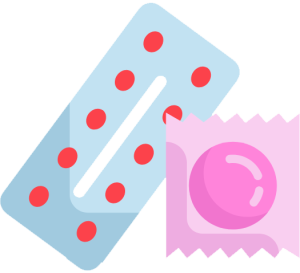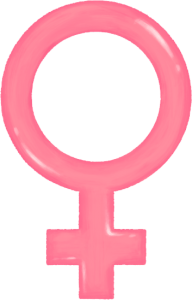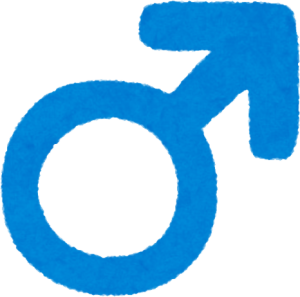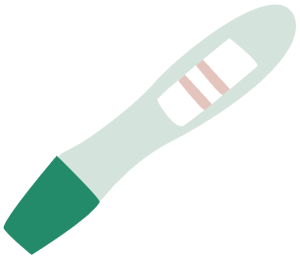Your coil will be fitted up inside your womb, so neither you nor your partner will be able to feel your coil. The coil strings or threads will be sitting just outside of your cervix. They will be around 2-3cm long. These are there so that you can feel for them and be reassured our coil is still in the right place. They are also what we gently pull on to remove your coil. Your partner may feel them at first during sex, they will not hurt them. Within a few weeks, these threads will have softened and tucked themselves away, so your partner will not feel them.












